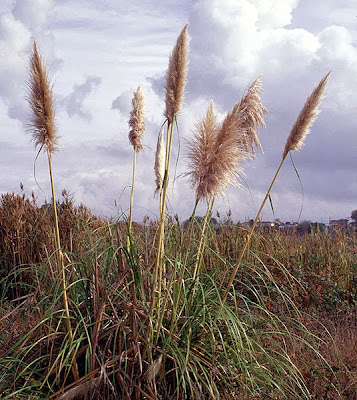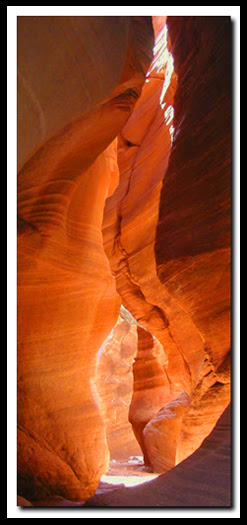Source: Wikipedia
There are four species of cranberries all of which are native to North America, with two species that are also native to Europe and Asia, and one species that is also native to Asia. The species that bears the largest berry was also known here in New England as a bearberry, because bears like them too. The species known as the Common Cranberry actually has a small pink berry, but the other species bear fruit that is initially white, but turns a deep red when fully ripe.
The name cranberry comes from a change of name that was originally craneberry because the flowers were thought to resemble a crane.
Source: Wikipedia
Cranberries do need moist soil to grow, but beds are only flooded for harvest in the fall so the term cranberry bog is somewhat of a misnomer.
Source: Wikipedia
From a Native American Recipe blog, here is a recipe for Cranberry Wild Rice Stuffing:
Cranberry/Wild Rice Stuffing
1/2 c Wild Rice, uncooked
1 c Water
1/4 c Raisins, dark or golden
5 Green Onions (scallions), chopped
1 tb Vegetable Oil
1/2 c Celery ~or- Fennel Bulb, chopped
1 c Cranberries, fresh or frozen
1 ts Orange Rind, grated
1/2 t Dried Thyme
Put the wild rice in a saucepan. Add the water and raisins and cook over medium heat for 1 hour, or until the rice is tender. Drain. Sauté the onions and celery (or fennel bulb) in the oil until tender. Add the cranberries, orange rind, thyme and rice. Stuff into two Cornish hens or a 3-pound chicken, or use with turkey breast. Bake in a 350-degree oven for 1 hour, or until the poultry is done.
"Thanksgiving has become synonymous with family, food and football over the years. But this unassuming American holiday is not without controversy. Schools still teach children that Thanksgiving marks the day that Pilgrims met helpful Indians who gave them food, farming techniques and more to overcome the bitter New England cold. The children color cutouts of happy Pilgrims and happy Indians which ignore that contact between the two led to the decimation of millions of Native peoples. To raise awareness about the price indigenous people paid for Thanksgiving, a group called the United American Indians of New England established Thanksgiving as its National Day of Mourning in 1970. The fact that UAINE mourns on this day poses a question to any socially conscious American: Should Thanksgiving be celebrated?" Source: About .com from the article 'Thanksgiving: A Day of Celebration or Mourning for Native Americans?' by Nadra Kareem Nittle. Click here if you'd like to read more.

















,_wiki.jpg)